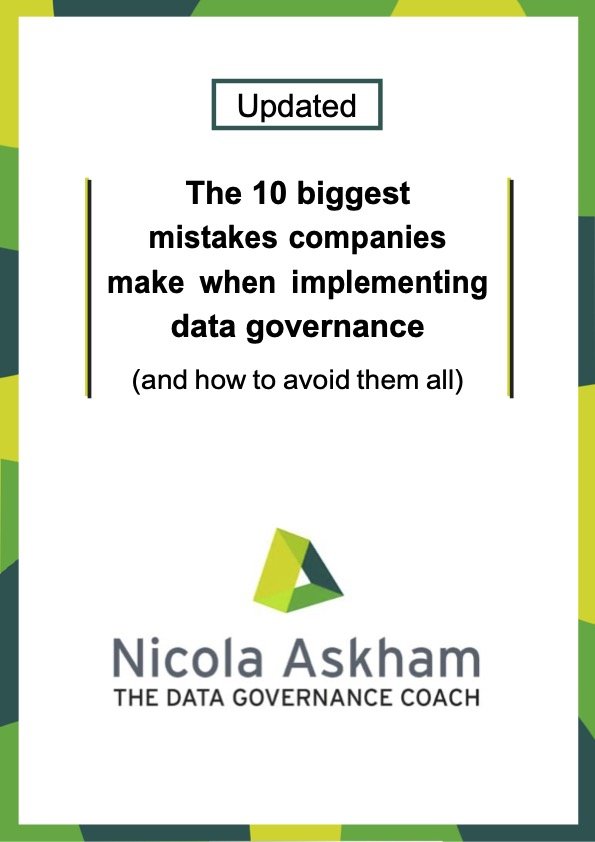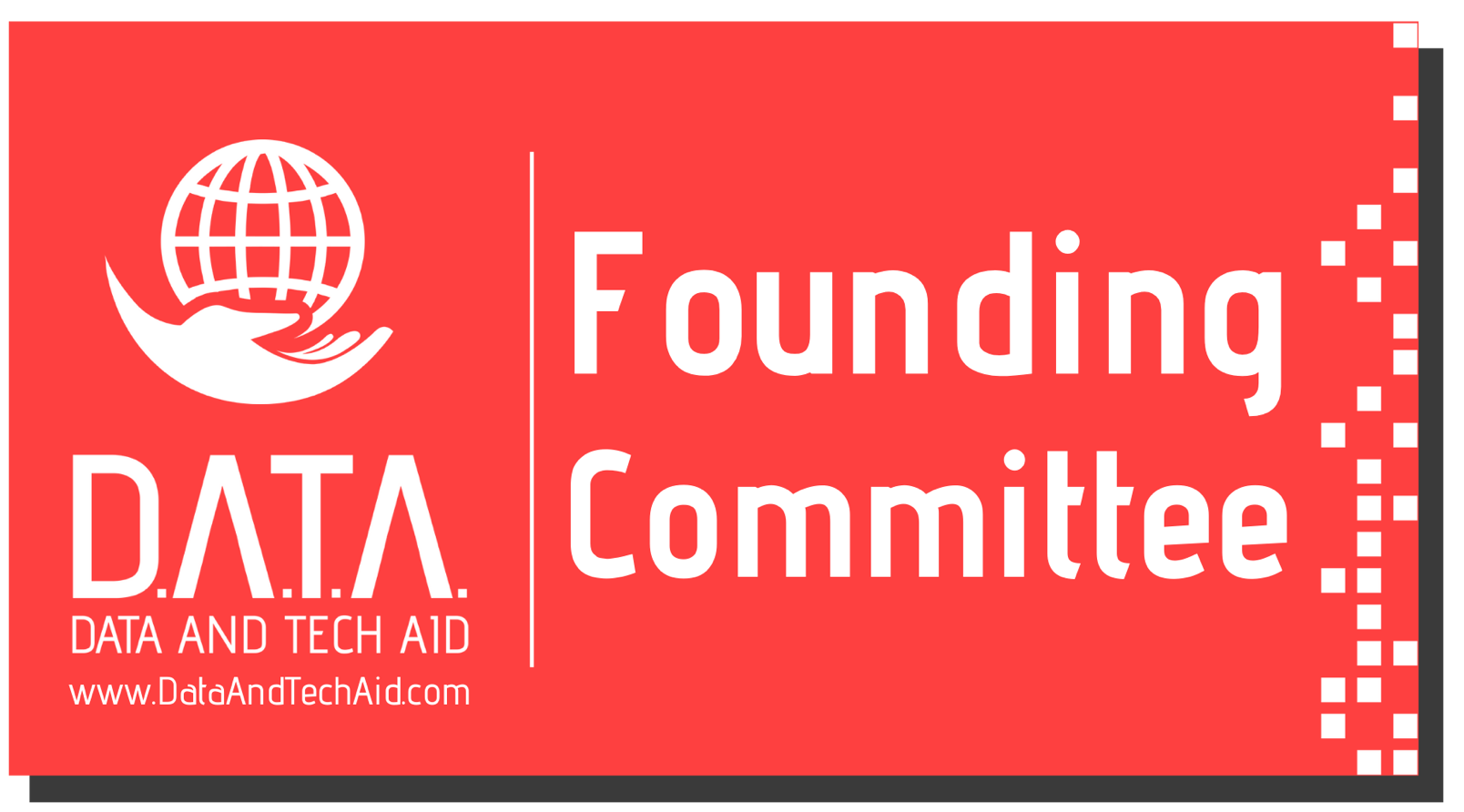Guest Blog from Niels Lademark Heegaard - Data as an asset?
/I'm thrilled to introduce this guest blog by Niels Lademark Heegaard, a friend and colleague I've had the pleasure of knowing since our time working together at Platon, the first consultancy I worked at.. Over the years, I've always admired his talent for simplifying complex ideas, and this piece is yet another excellent example of his expertise in action.
Now, let's dive into Niels's insights on data management and governance—ideas that will resonate with anyone navigating the increasingly data-centric landscape of modern organisations.
Disclaimer: No LLM was hurt writing this text, the cover image caused some pain to Chat GPT.
Having described the four main data types —Master Data, Reference Data, Transaction Data, and Aggregated Data, I would like to talk about some of the properties of data.
First off my chest: Data is an asset
I mean asset in the traditional sense. Exactly like employees, buildings, materials, products, intellectual property, etc.
What I have often encountered is that organizations only pay lip service to the concept of “Data as an Asset.” It is the topic of empty toasts and balcony speeches. It should not be so.
There are some special characteristics that data assets have:
Data can be copied
Data is cheap to store
Data can be used multiple times without wearing out
Data does not take up much room
Data can be used in multiple locations
...at the same point in time
Try this with tangible assets... you’ll either face strikes (employees), inability to deliver as promised (materials, products, infrastructure), jail (money), or a host of other consequences.
There are other intangible assets that possess the same characteristics — “brand value” and “goodwill” come to mind. However, there is one characteristic that is unique to data:
Data describes all other assets
This makes data the single most valuable asset. An organisation’s ability to manage all other assets is directly dependent on the quality and availability of data assets.
Next off my chest: What asset management requires
There is one asset that every organisation manages with a high degree of zeal: Financials. Which is why budgets are always met, no expense is assigned to the wrong account, and no payment is ever late... cough...
So, imagine for a moment what Finance would look like if there were no CFO, financial controllers, bookkeepers, treasurers, auditors, etc. This is how data is often “managed.”
The responsibility often defaults to a business line (employees are the purview of H.R.). This can work if there are not too many stakeholders with different agendas pertaining to the data asset. The problem is that vital data assets are the responsibility of multiple, often unaligned, stakeholders (e.g. the Customer and Product entities).
You can read why Master Data is especially important here.
Last off my chest: Why it is so hard to assign the responsibility
The reason why organisations distribute Master Data responsibilities is because the typical organisation is set-up to manage transactions (and transaction data).
Departments executes distinct steps in cross-organizational processes. Each step is a transaction. Master Data is used in every transaction, along and across processes, but in different ways and for different purposes along the way.
Procure material
Produce product part
Assemble parts
Test product quality
Sell product
Invoice product
Every step uses parts of "Customer" and "Product". The way enterprises are organized in siloes is the major hindrance of getting in control. There is no single person responsible for managing the most central data asset, Master Data, end-to-end. Responsibility is distributed.
My experience is that if four people have the responsibility for data, each of them will take about 2 per cent of said responsibility.
This does not spontaneously improve. It take an active effort. Since re-organising according to processes is not happening, the answer is data governance.
Niels started his career as a master of agriculture, but soon realized his mistake and changed to the IT industry. Niels started working with data governance in 1997, before the term was coined. In the summer 1997 he became master data manager, responsible for collecting and reporting the total research and conveyance of science done at the University of Copenhagen, from papers to museum exhibitions in one unambiguous format.
After a tenure at the Danish State Railways as information and enterprise architect, he joined a dedicated information management consultancy and later Deloitte by merger. The project tally as information management consultant ended at 28. Currently, he is working as the enterprise architect in a small company that calculates the electric grid capacity across Scandinavia.









